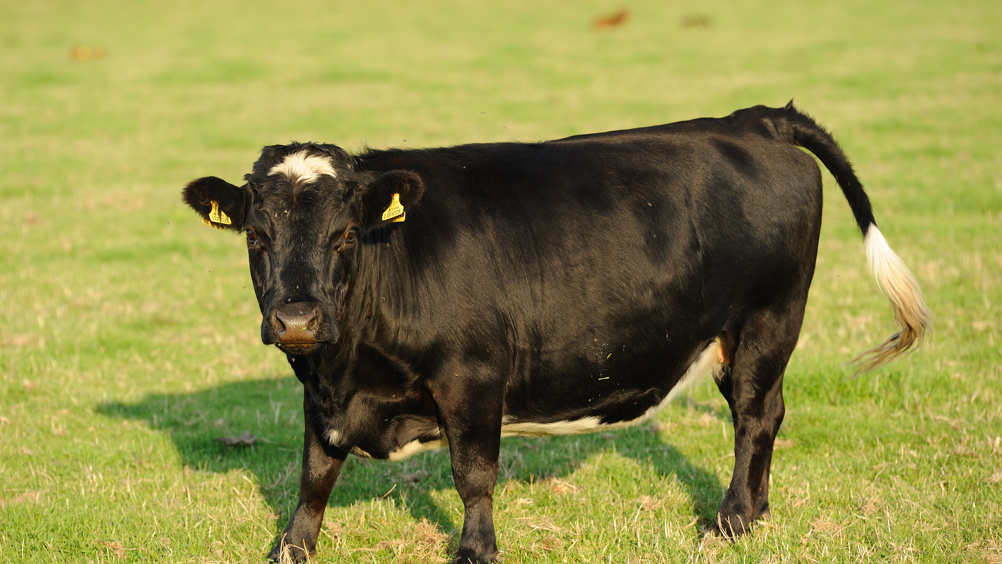TB control is in the news because of Geronimo the alpaca. There are so many angles to this story. These include social ones, such as whether it is right to cull an animal without clinical disease because it poses a risk to human health (alpacas have spread bovine TB to humans) — but why focus on an imported animal that had no emotional connection to its owner before its import, when 1000s of cattle are slaughtered every year under the same regulations, many of which had cherished connections with their owners, and scientific ones, such as what is the best test for TB (in cattle or alpacas). I find it supremely ironic that this alpaca has been found to be positive using a blood test that is not allowed to be used for routine TB diagnosis on UK cattle farms.
Despite the English government's stated aim of being TB free by 2038 (and the Welsh government aiming to be free around the same time) there is limited evidence that current control programmes are actually effective. Since 1996 the number of new herd incidents has increased from >2 to >10 incidents per 100 herd years at risk, while over 30 000 cattle have been slaughtered because of bovine TB every year since 2008 (equivalent to ~0.3% of all cattle every year. This has resulting in a huge bill for compensation, the equivalent of over £10 million every year. The government websites make the claim that cases have plateaued and control is imminent., but the current cost is unsustainable.
To add irony on to irony, Geronimo came from New Zealand (which begs another question, is it really ethical transporting commercial animals that distance?). New Zealand used to have a TB problem that was worse than the UK, with, in the mid 1990s, a herd prevalence (in deer and cattle herds) of >2%. However the implementation of an effective control programme has resulted in a herd prevalence of <0.2% within 20 years. Control was based on test and slaughter, movement control and wild animal control (mostly brush-tailed possum). The latter has been a key sticking point in the English and Welsh control of bovine TB, so New Zealand has had an advantage, but movement controls and test and slaughter have been more rigorously and scientifically applied.
One major difference is funding. In New Zealand, farmers fund and are deeply involved with all aspects of the TB control programme. In 1994, the New Zealand government delegated national TB control policy and decision-making to an industry-led advisory committee — the Animal Health Board (AHB) The membership of the AHB was drawn from Federated Farmers (equivalent of the NFU), and dairy, beef and deer industry groups, as well as regional and local government. The AHB was restructured in 2013 to become known as TBFree New Zealand and is now part of OSPRI which is also responsible for animal tracing. Around 60% of funding for TBFree New Zealand comes from the farming industry — the rest comes from government. In contrast in the UK, farmers don't pay directly, so have little control over what the government does. The New Zealand perspective is that once farmers accepted that they should pay, they started taking responsibility for the programme, and it started making progress. In this post-Brexit world where costs and bureaucracy have escalated, it seems unlikely that this government will look at even a partial framer pays scenario, but getting control of a programme that is not achieving its goals but is still costing the cattle industry a huge amount of money and loss every year would seem worth pushing for.
This issue of UK-Vet Livestock includes some interesting articles, including an update by Derek Armstrong and Lorna Gow on the progress made in eliminating BVD from British herds (pp220–226).
Some of you may have picked the journal up at BCVA's 2021 congress — we hope you all have a safe and productive conference.


